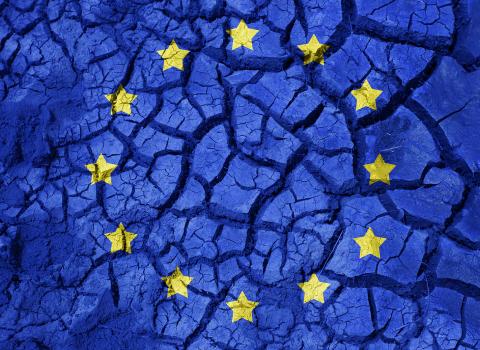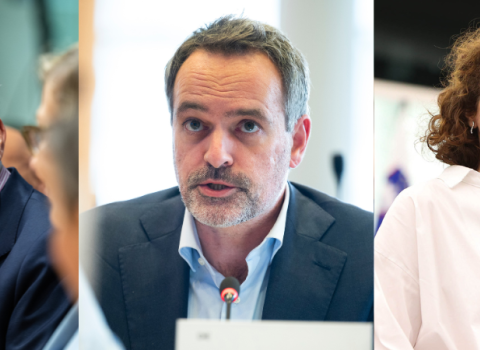Estonia, under the lead of the University of Tartu, has become the first member state of the consortium developing the European Spallation Source to deliver all in-kind contributions for ESS construction.
The European Spallation Source (ESS) is a European research infrastructure consortium jointly established by 13 European countries (including Estonia), with the aim of building and operating a new-generation neutron radiation source in Europe. Technological and scientific expertise is connected with cutting-edge equipment and systems from more than 100 research institutions. All in-kind partners design, develop and build key components, such as instruments, the target station, the accelerator and the integrated control systems.
Researchers from the University of Tartu and Tallinn University of Technology have contributed to the development of hardware and software for the accelerator, as well as several instruments and sample production systems. Building on Estonia’s expertise in cybersecurity, Estonian researchers and engineers have contributed to ensuring security at ESS. They have created solutions for cybersecurity assessment, development, training and risk assessment that will be used to monitor and control the safe operation of the accelerator, target and instruments.
Rasmus Palm, Associate Professor in Physical Chemistry at the University of Tartu, said that the university has contributed through research in neutron scattering measurements, exploring the boundaries of which materials and phenomena can be studied in greater depth using these methods. This helps to develop more efficient energy conversion and storage systems.
According to Palm, Estonia’s participation in the ESS enables both researchers and entrepreneurs to address previously unexplored questions. “These range from fundamental studies on material properties and the movement of atoms in solid matter to engineering and industrial issues related to the lifespan and efficiency of energy conversion systems.”
Jörg Pieper, Professor in Biophysics at the University of Tartu, said that the university’s contributions mainly focused on basic science. “In short, we contribute with three sample environments. These are add-ons to neutron instruments that allow carrying out very specific experiments with special sample requirements.”
“Being an ESS member is key to Estonian science - it enables us to be part of large European research infrastructures. Delivering all our in-kind projects for the construction phase of ESS underscores our reliability as partners in this visionary project. For us, it is a tremendous boost to the scientific community in Estonia”, said Piret Pikma, Director of the Institute of Chemistry at the University of Tartu and the Coordinator of the in-kind contributions to ESS.
According to Helmut Schober, ESS Director General, “ESS is a powerful example of what European collaboration can achieve when we harness excellence from across the continent. It is a great pleasure to see Estonia reach this important milestone by delivering its contributions for the ESS construction phase. Estonia brings valuable and sophisticated expertise to the project, and we look forward to strengthening our partnership even further. This collaboration will benefit Estonia’s scientific community, its industry, ESS, and Europe as a whole.”
The ESS will be built in Lund, Sweden, and within the next 40 years, it is expected to become the world’s most powerful and economical neutron source for scientific research, serving about 4,000 researchers annually.
This article was first published on 11 November by University of Tartu.





 A unique international forum for public research organisations and companies to connect their external engagement with strategic interests around their R&D system.
A unique international forum for public research organisations and companies to connect their external engagement with strategic interests around their R&D system.